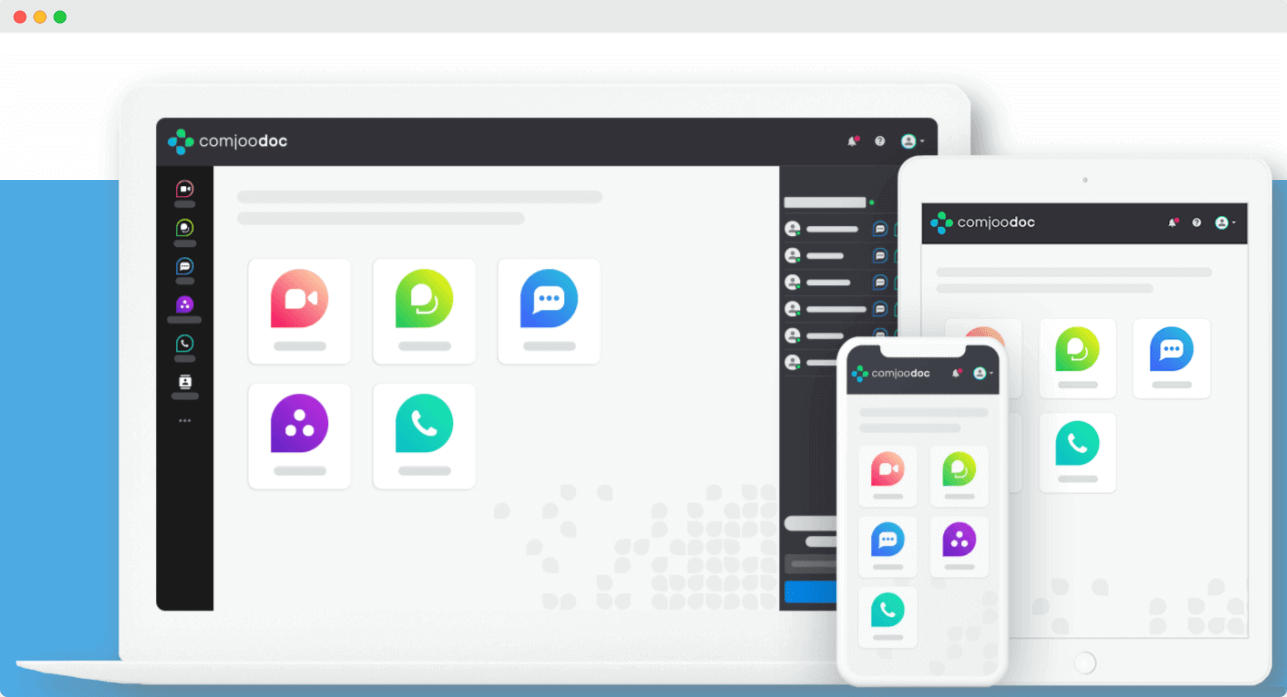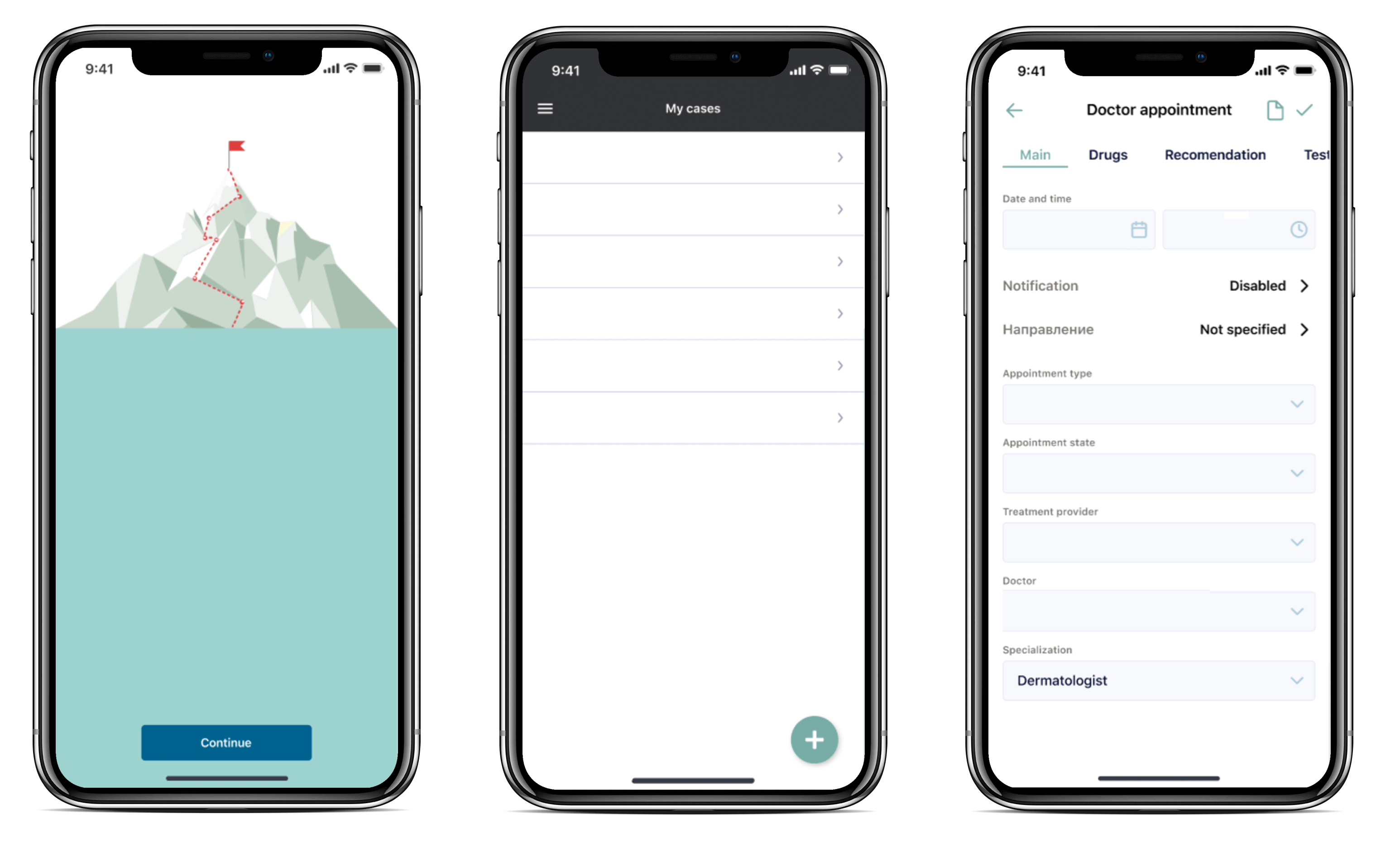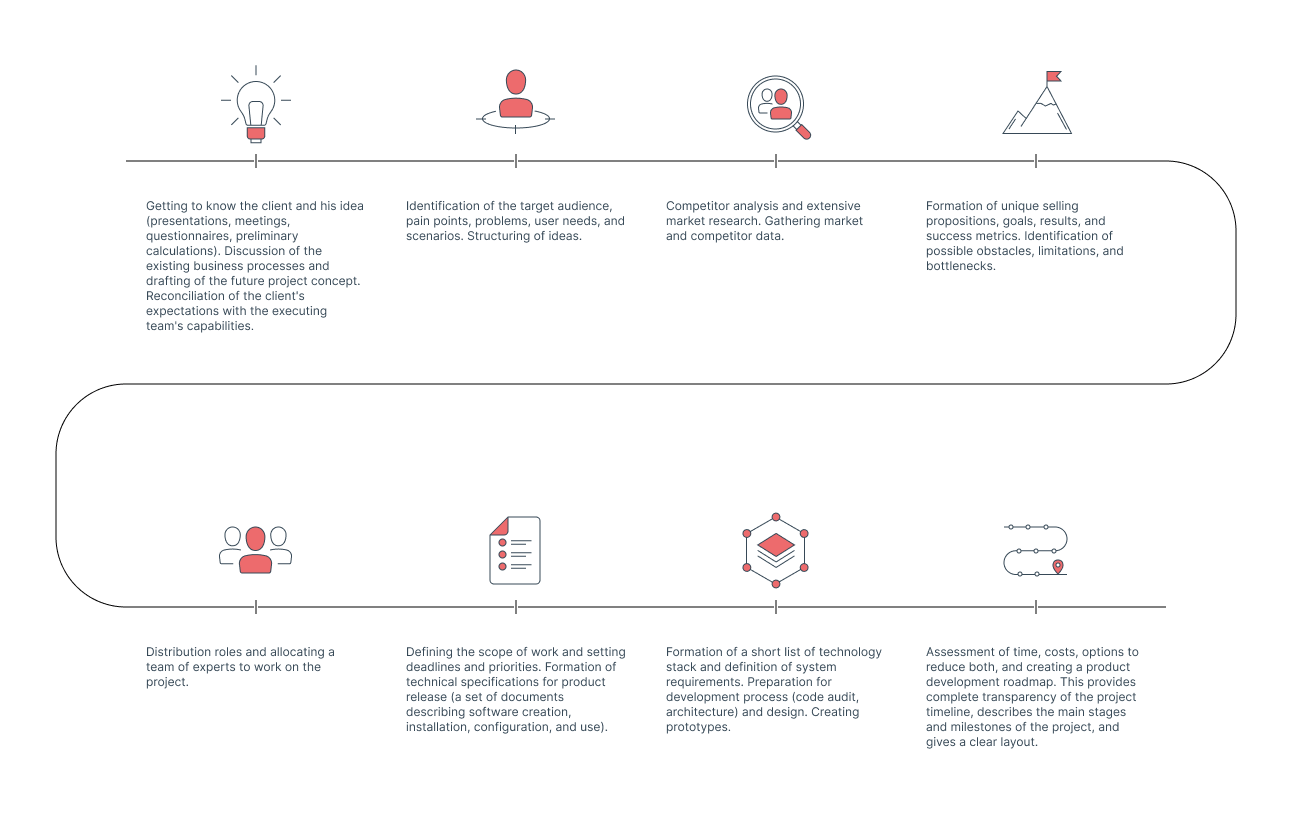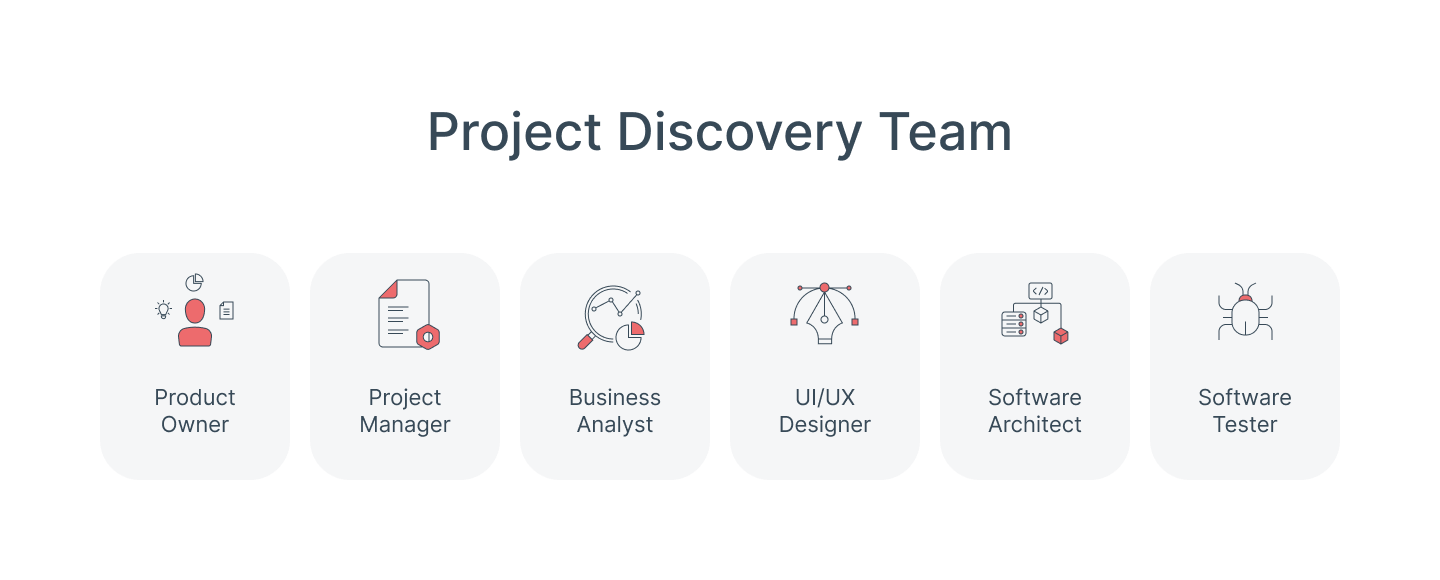Welcome to our podcast! Today, we chat with Tamara Snow, who went from working on cancer research clinical trials to being a Director of Product Management at Flatiron Health. We’ll talk about how she moved into product management and how she helps big pharma companies.
Tamara’s wide range of experiences gives her a special viewpoint on these areas, showing us the nitty-gritty of the pharmtech and business worlds.
This article concisely captures key points from our lively dialogue.
A Career Path from Clinical Trials to Leading Pharma Product Management
Tamara has spent over ten years in the healthcare industry, making transitions as she encountered new problems and challenges. Initially, she aspired to be a doctor, gaining exposure to patient care and clinical work as an EMT and clinical research coordinator. She discovered her passion for solving operational and strategic challenges in healthcare environments. One area that surprised her was the manual and expensive nature of clinical trials despite being crucial for innovation in drug development.
After graduating, Tamara pursued a career in life sciences consulting to better understand the economics and strategy behind drug development. During this time, she learned about Flatiron Health, a company working on data sets to streamline decision-making in cancer research. Intrigued by the mission and vision of making clinical trials more efficient, she joined the company in 2017 in a partnership role. While she gained valuable sales and negotiation skills, she felt it took her away from solving the operational and strategic challenges she was passionate about.
“I definitely think the product hat is the one I love the most, and I will definitely continue wanting to play that role in the future.”
Tamara Snow – Director of Product Management at Flatiron Health
Recognizing that the product management role aligned with the problems she wanted to solve, Tamara pivoted to become a product manager at Flatiron Health. She initially focused on scaling one of their real-world data products linked to external genomic data for precision medicine. Seeing the impact of these data products on customers’ clinical and drug development decision-making was rewarding. However, a recurring issue was customers lacked the internal resources and skills to analyze the data products effectively.
In response to this need, Tamara seized the opportunity to expand her scope and build a team to develop dashboards and analytic tools on top of the data products, providing customers with valuable insights. Building and managing this new team has brought fresh challenges, focusing on the user interface and delivering insights alongside the underlying data.
After spending several years in the healthcare industry, Tamara firmly believes that the product management role is the one she loves the most and intends to continue playing in the future. She finds joy in solving operational and strategic challenges and appreciates the ever-changing nature of product management.
The Key Tips for a Successful Transition in Pharma Industry
According to Tamara, there are various ways for individuals to transition into a product role. While it may not be the standard path, she personally achieved it through an internal transfer, a route she has observed others taking as well. Successful internal transfers have come from diverse backgrounds, including business (such as sales and finance) and technical roles (like engineering and data science).
Some major tips for a successful transition into the pharma industry include
- Identify a product role or team that aligns with one’s existing skill set.
- Seek advice from experienced PMs.
- Volunteer for challenging tasks, network, and ask the right questions.
Identifying a product role or team that aligns with one’s existing skill set.
“I also just took the time to teach myself things like Python and just took the liberty to dig into Flatiron and the products on my own and was able to demonstrate my ability to learn a new skill set and willingness to do it.”
Tamara Snow – Director of Product Management at Flatiron Health
Tamara believes the key to a successful transition is identifying a product role or team that aligns with one’s existing skill set. This reduces the risk for the company when transferring an employee to a new function. In her case, coming from a sales and partnerships role, joining an external-facing product team made the most sense. It required a strong understanding of the company’s customers, products, and business model.
However, she also recognized her lack of technical skills, so she took the initiative to teach herself Python and familiarize herself with the company’s products. By demonstrating her willingness to learn and bridging the gap in her skill set, she differentiated herself from others and showcased her abilities.
Seek advice from experienced PMs
Tamara acknowledges that there is no perfect science to this transition process. She advises aspiring product managers to seek advice from experienced PMs in roles they are interested in or individuals who have gone through a similar career evolution. Learning from their experiences and strategies can be valuable.
When reaching out to PMs for guidance, Tamara recommends avoiding cold outreach and instead making warm introductions. Personalizing the outreach and offering something in return, such as industry insights or skills, can increase the likelihood of PMs wanting to assist and provide advice.
Volunteer for challenging tasks, network, and ask the right questions.
Tamara appreciates the emphasis on volunteering for challenging tasks, networking, and asking the right questions. These qualities are often associated with successful product managers. She also highlights the importance of building strong relationships and trust with customers, as it facilitates sharing information and understanding their needs. Asking open-ended questions during user research helps uncover the root of the problem and avoid biases. Active listening and focusing on important insights gathered from responses are vital in solving the core problem.
Strategies for Streamlining the Process in Challenging Circumstances
According to Tamara, when it comes to their customers, particularly in the context of a complex linked clinical plus genomic data set, clear training and documentation are crucial for understanding and interrogating the data. It is important to give customers a well-defined understanding of the data product. Additionally, having a robust process for addressing customer questions and resolving issues promptly is essential.
Tamara suggests recognizing when a customer’s question requires more in-depth support, such as scheduling a call and screen sharing to collaboratively work through the problem. The goal is to unblock customers and enable them to conduct effective research using the data product.
“I think having really strong customer support and customer guidance is definitely core.”
Tamara Snow – Director of Product Management at Flatiron Health
Tamara emphasizes the significance of strong customer support and guidance. Providing examples of how others have utilized the data product to answer similar questions, whether through publications or key studies, can be immensely helpful. Sharing these use cases with customers helps them see the practical applications and possibilities of the data product.
The Journey to Becoming a Successful Product Manager
“In those first few months, really build strong trust with your core stakeholders and take the time to have them explain to you how they operate and what their pain points are.”
Tamara Snow – Director of Product Management at Flatiron Health
According to Tamara, being a product manager (PM) involves constant learning and encountering new challenges. Embracing this aspect is part of the fun of being a PM. One important advice Tamara offers to new PMs is to build strong trust with core stakeholders in the first few months.
Understanding their operations and pain points allows the PM to identify tasks they can take off their plate or collaborate on to achieve quick wins. Tamara shares an example of how she learned basic R programming to handle easy client requests, which relieved her data science stakeholders and allowed her to better understand customers and data products.
Tamara also recommends finding a committee of advisors early on, including mentors and other PMs within the organization. These advisors can help tackle issues, provide guidance, and offer insight into the new role and function. Celebrating both wins and failures is another crucial aspect highlighted by Tamara. Acknowledging accomplishments, no matter how small, is important, but it’s equally important to learn from failures and treat them as opportunities for growth.
In the discussion, Tamara mentions that PMs can positively redefine the concept of failure, transforming it into a learning experience and an opportunity for product improvement. This mindset shift can be particularly impactful in the health tech industry. Additionally, the importance of empathy in interactions with stakeholders is highlighted, emphasizing the need to understand their perspectives and needs.
What Businesses Truly Want from Product Managers
“Regardless, I think there are a few key roles or tasks that I think the business will probably want regardless.”
Tamara Snow – Director of Product Management at Flatiron Health
According to Tamara, the role of a product manager (PM) can vary depending on various factors within a company. These factors include whether the product is internal or external-facing, the stage of the product (early concept or mature business line), and its significance to the company’s overall economics. However, a few key roles and tasks are generally expected from PMs.
Firstly, PMs are responsible for owning the vision and strategy of their product. They need to develop and articulate a compelling vision that justifies the company’s investment in the product. Additionally, PMs should create a strong roadmap aligned with the overall company strategy and vision.
Secondly, PMs act as the voice of the customers, both internally and externally. They must deeply understand the customers and advocate for their needs and insights during product development. PMs are crucial in making challenging product and resource tradeoff decisions, using customer insights to guide their choices.
Thirdly, stakeholder management and collaboration are essential for PMs. They must effectively work with various stakeholders, such as engineering and design teams, to build the product efficiently. In health tech, where a mix of experts like oncologists and clinicians collaborate with engineers, managing stakeholders and consolidating different perspectives into a cohesive vision is particularly important.
Challenging the Problem Space and Unveiling Opportunities to Drive Product Success
According to Tamara, when looking for new opportunities as a PM, it is crucial to engage with stakeholders. The first and most powerful stakeholders to approach are the customers. By actively listening to customers and understanding their needs and preferences, PMs can identify pain points and opportunities for improvement.
In addition to existing customers, expanding to new customers or segments requires consideration. Monitoring competitors’ product offerings and partnerships can reveal potential gaps to address. Staying up to date with industry trends can generate new ideas. Conducting lightweight market research and seeking time with target customers enables direct conversations and a deeper understanding of their requirements.
Tamara suggests clearly defining the problem and opportunity when rallying the team for the job. It is essential to motivate the team by presenting a compelling vision highlighting their work’s impact. Early and regular engagement with stakeholders, including engineers, is crucial to gaining their buy-in and involving them in shaping the project.
Leveraging Data Awareness to Address Pushback in Problem Solving
According to Tamara, data awareness refers to having a solid set of objective data that supports your argument and clearly defines the opportunity and problem space. While data is important, Tamara believes it only takes you so far.
It is crucial to drive the vision and demonstrate why your team is well-positioned to execute the solution. This involves explaining why the problem needs to be addressed now and highlighting the qualitative aspects of the opportunity, not just the numbers.
“Yeah, in my opinion, if there is a pushback, there is a level of interest.”
Tamara Snow – Director of Product Management at Flatiron Health
As challenges and opposition are expected, anticipating pushback and objections and preparing responses in advance is also important. Tamara emphasizes the need to go beyond a rosy picture and be transparent about the risks, assumptions, and potential challenges associated with the opportunity. You must acknowledge the unknowns and openly discuss the potential bumps along the road.
From her personal experience, Tamara has learned the value of transparency and managing expectations. She further opines that if the opportunity requires collaboration with other parties or forming partnerships, it’s essential to consider company fit and strategic alignment. The terms of the agreement should be carefully evaluated to ensure that collaboration makes sense for the envisioned opportunity.
Defining Product Management and Keeping Abreast of Current Trends in the Health Tech Industry
According to Tamara, staying on top of industry trends involves reading newsletters, participating in industry-specific conversations on social media platforms like LinkedIn and Twitter, attending conferences and speaking events, and networking with professionals in the industry. These activities help her stay informed and identify new opportunities.
“The role and the skill sets you need as a PM and how you would define that role, I think, definitely differ depending on where you really sit within the organization and what your product looks like.”
Tamara Snow – Director of Product Management at Flatiron Health
When it comes to defining product management, Tamara believes it is not a one-size-fits-all role. The responsibilities of a product manager depend on the specific needs of the product line. For external-facing products, the PM must be able to pitch, sell, understand customers, filter feedback, and guide and influence the team accordingly. For internal-facing products, the focus is identifying and prioritizing platforms that benefit the broader organization and gathering feedback from various teams.
Tamara emphasizes that a product manager’s role and required skill sets vary based on the position within the organization and the nature of the product. Adapting and shaping oneself based on the product’s needs is important. She mentions Bruce Lee’s quote about being like water, which can take any shape depending on the container. While martial arts and product management may not directly correlate, the idea of being adaptable and flexible resonates with the role of a product manager.
Tamara also notes that the role of a product manager evolves over time. As the product and business line mature, different skills and activities become relevant. The role of a product manager constantly changes, presenting new opportunities and challenges, which Tamara finds exciting.
In Summary
Below are the major takeaways from our chat with Tamara:
- Transitioning into Product Management: Tamara’s career journey from clinical trials to product management highlights the importance of identifying a product role that aligns with one’s existing skill set and passion for solving operational and strategic challenges.
- Strategies for Success: Building strong relationships with stakeholders, actively listening to customers, and asking the right questions are crucial for successful product managers. Seeking advice from experienced PMs and making warm introductions can enhance networking opportunities.
- Key Roles and Skills of Product Managers: The role of a product manager can vary depending on factors such as the product’s nature, stage, and significance to the company. However, PMs generally own the product vision and strategy, act as the voice of the customers, and collaborate with various stakeholders.
WATCH ALSO:
PODCAST #16. BEHIND THE SCENES OF HEALTHCARE: HOW DOES PRODUCT MANAGEMENT DRIVE CHANGE?
***
The APP Solutions launched a podcast, CareMinds, where you can hear from respected experts in healthcare and Health Tech.
Who is a successful product manager in the healthcare domain? Which skills and qualities are crucial? How important is this role in moving a successful business to new achievements? Responsibilities and KPIs?
Please find out about all this and more in our podcast. Stay tuned for updates and subscribe to channels.












